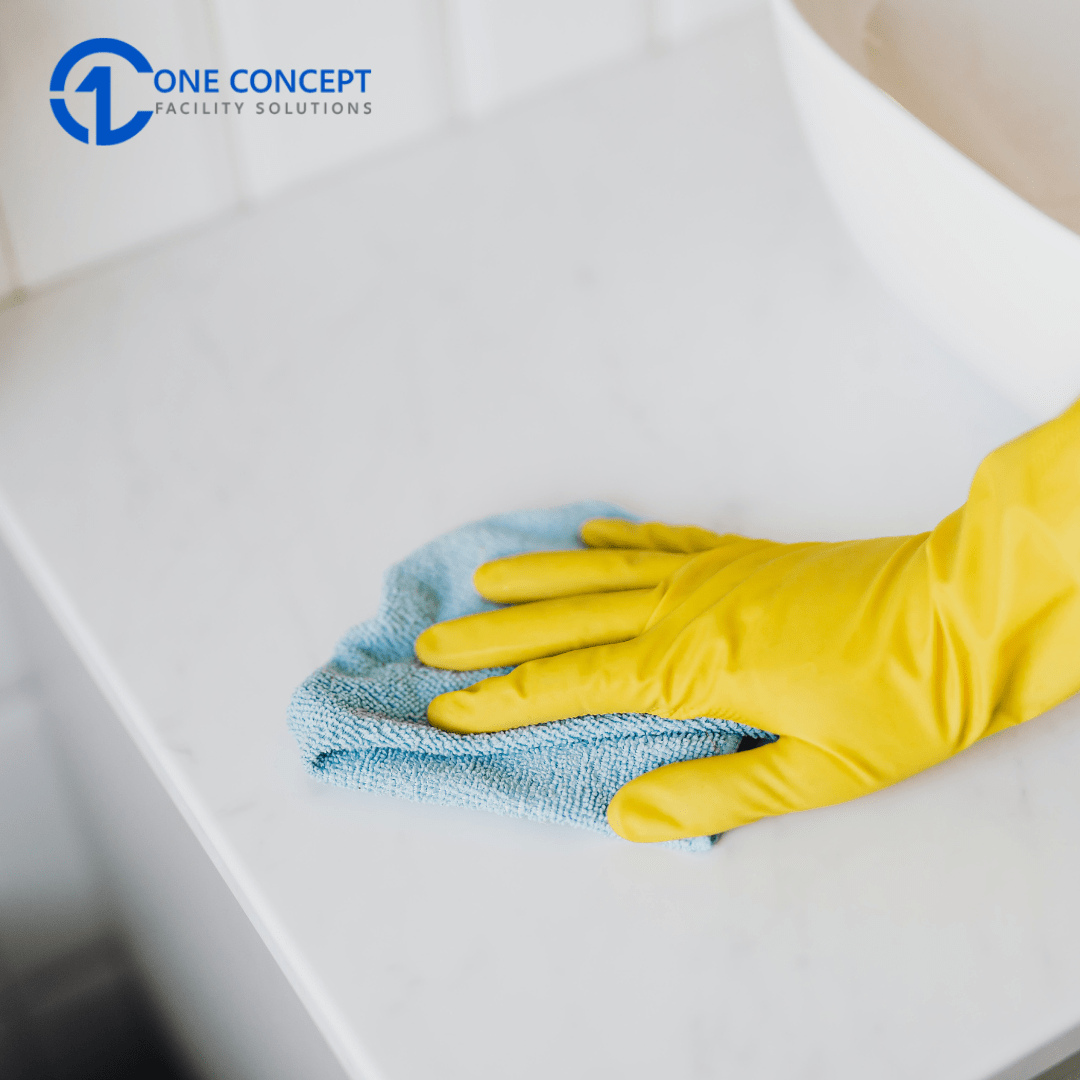In any healthcare setting, cleanliness isn’t just important—it’s essential. When you step into a hospital, clinic, or medical facility, you trust that the environment is as clean and sterile as possible to ensure your health and safety; This is where medical cleaning protocols come into play; These protocols are a vital part of infection control, helping to reduce the spread of harmful bacteria and viruses.
By following strict medical cleaning protocols, healthcare facilities ensure they maintain a safe environment for both patients and medical staff.
Medical Cleaning Protocols
These protocols are detailed procedures and guidelines specifically designed to maintain a clean and safe healthcare environment; These protocols are more than just regular cleaning routines; they are a critical part of infection control.
They help prevent the spread of harmful germs and ensure that medical and healthcare environments are safe for patients, visitors, and staff; these protocols include everything from the cleaning of patient rooms to the disinfecting of operating rooms and even the cleaning of medical equipment.
These protocols are designed to ensure that surfaces, floors, and all areas within a healthcare facility are free from harmful contaminants. Whether it’s the routine cleaning of a patient’s room or specialized disinfection in high-risk areas like operating rooms or intensive care units (ICUs), medical cleaning protocols help safeguard the health and well-being of everyone in the facility.
Why Are Medical Cleaning Protocols Important?
These protocols play a crucial role in infection control; Hospitals and other healthcare facilities often care for individuals who are already sick, making them more vulnerable to infections; These infections can be introduced or spread if the environment isn’t properly cleaned and sanitized; These protocols are the first line of defense in preventing the spread of hospital-acquired infections (HAIs), which can have serious consequences for patient health.
Proper cleaning reduces the risk of infections caused by bacteria, viruses, and fungi that can thrive in healthcare environments; These protocols also help prevent cross-contamination, which occurs when harmful microorganisms spread from one surface or area to another; By following strict protocols, healthcare facilities maintain a sterile environment and reduce the risk of infections, which contributes to better patient outcomes and quicker recovery times.
Components of Medical Cleaning Protocols
Medical and healthcare cleaning protocols are comprehensive and cover a wide range of cleaning tasks; These tasks go beyond basic housekeeping to ensure the entire healthcare facility is cleaned, disinfected, and sanitized properly; Some of the key components of these protocols include:
- Routine Cleaning and Disinfection: This involves regularly cleaning patient rooms, restrooms, hallways, and waiting areas; These spaces must be cleaned thoroughly to remove dust, dirt, and germs; Special attention is given to high-touch surfaces like door handles, light switches, and countertops to minimize the risk of infection.
- Disinfecting Hospitals and Medical Equipment: Medical and healthcare cleaning protocols include guidelines for disinfecting sensitive areas, such as operating rooms, intensive care units (ICUs), and surgical instruments; These areas are at a higher risk for contamination and require more rigorous cleaning procedures.
- Cleaning for Healthcare Environments: Healthcare environments often have different cleaning needs than other spaces due to the presence of medical equipment, vulnerable patients, and specific safety regulations; protocols include detailed instructions on how to clean specialized equipment, such as ventilators, defibrillators, and patient monitoring systems, to prevent the spread of infection.
- Proper Handling of Waste: Another important component of these protocols is the safe disposal of medical waste; This includes contaminated materials like bandages, gloves, needles, and syringes; Proper disposal ensures that hazardous waste doesn’t contaminate the environment or harm staff and patients.
- Cleaning of High-Risk Areas: Certain areas of a healthcare facility, like operating rooms, laboratories, and emergency rooms, require more specialized cleaning protocols due to the high risk of infection; These areas must be disinfected thoroughly after each use to ensure they remain safe for patients and medical staff.
Role of Hospital Janitorial Services in Medical Cleaning Protocols
Hospital janitorial services play a critical role in ensuring that medical cleaning protocols are followed correctly; These services are responsible for the routine cleaning of healthcare environments, such as patient rooms, corridors, and waiting areas; By providing consistent and thorough cleaning, hospital janitorial services help reduce the likelihood of infection in hospitals and clinics.
Janitorial staff are trained to follow specific medical and healthcare cleaning protocols to ensure every surface and area is cleaned properly; From disinfecting high-touch surfaces to using the correct cleaning agents, hospital janitorial services help keep the entire healthcare facility sanitized and safe.

Benefits of Applying Medical Cleaning Protocols
The benefits of following medical cleaning protocols are numerous and vital for the proper functioning of any healthcare facility:
- Prevention of Infections: The primary benefit is the prevention of hospital-acquired infections (HAIs); By maintaining a clean environment and properly disinfecting surfaces and medical equipment, healthcare facilities can significantly reduce the risk of infection for patients and staff.
- Improved Patient Outcomes: A clean healthcare environment contributes to better patient outcomes; When patients are treated in a sterile and sanitized environment, the likelihood of complications or infections decreases, allowing them to recover more quickly.
- Compliance with Health Regulations: Healthcare facilities must comply with strict cleaning and sanitation regulations; Following these protocols ensures that facilities meet these standards, avoiding potential fines or penalties.
- Enhanced Reputation: Hospitals and medical clinics that follow these protocols build trust with their patients; A clean and safe environment reflects well on the facility’s overall quality of care, improving its reputation and patient satisfaction.
- Safer Work Environment for Staff: Cleanliness in healthcare facilities also ensures that staff members work in a safer environment; Proper cleaning helps protect medical professionals from exposure to harmful pathogens, reducing the risk of illness and injury on the job.
Why Choose One Concept Facility Solutions Company?
One Concept Facility Solutions offers expert medical cleaning services in Kearny, NJ, with a focus on hospital janitorial services and disinfecting hospitals; Its experienced team is dedicated to helping healthcare facilities maintain a clean and sterile environment; With a strong emphasis on infection control cleaning services and cleaning for healthcare environments, One Concept Facility Solutions follows strict medical and healthcare cleaning protocols to ensure that your facility is safe, sanitized, and compliant with health regulations.
Its cleaning team is trained to handle the unique challenges of medical and healthcare facilities cleaning, from patient rooms to high-risk areas like operating rooms and intensive care units. They use hospital-grade disinfectants and advanced cleaning equipment to ensure that your healthcare facility remains free from harmful bacteria and viruses.
In Conclusion, medical cleaning protocols are essential for maintaining a clean and safe environment in healthcare facilities. These protocols play a vital role in infection prevention, ensuring that hospitals, clinics, and other healthcare settings remain free from harmful pathogens.
By following detailed cleaning procedures and working with experienced providers like One Concept Facility Solutions, healthcare facilities can protect patients, staff, and visitors from the risks of hospital-acquired infections and ensure a safer, cleaner environment.


